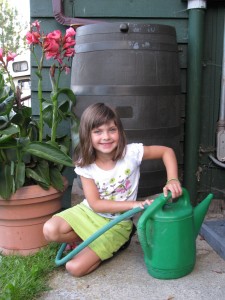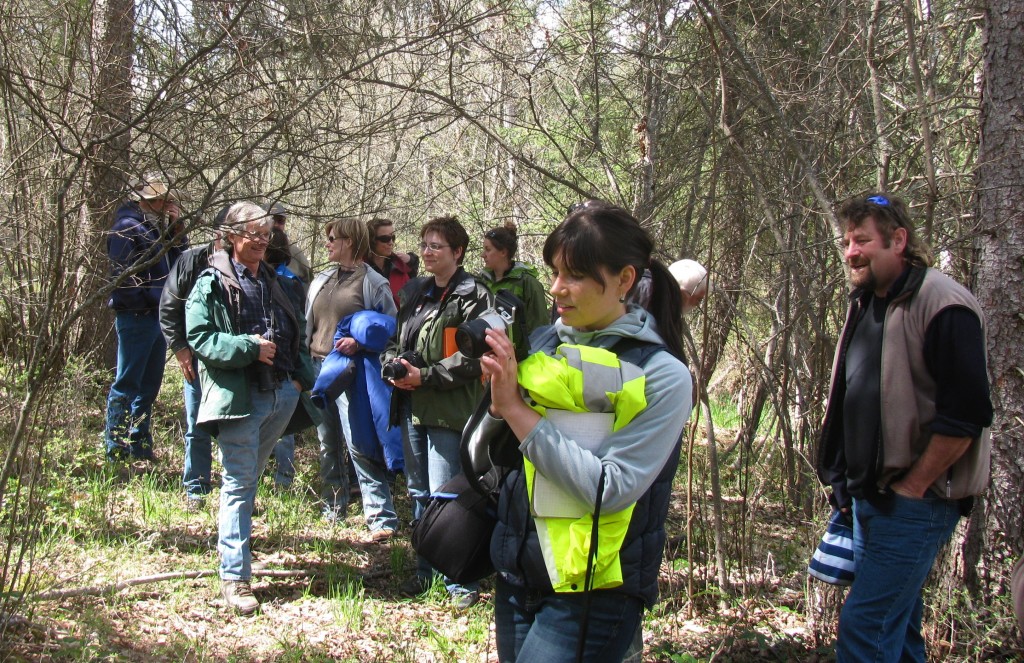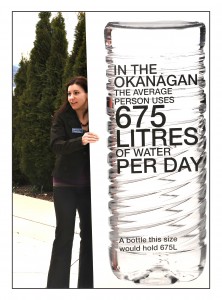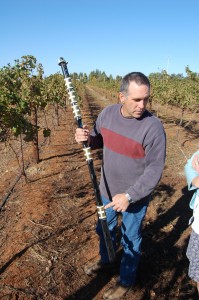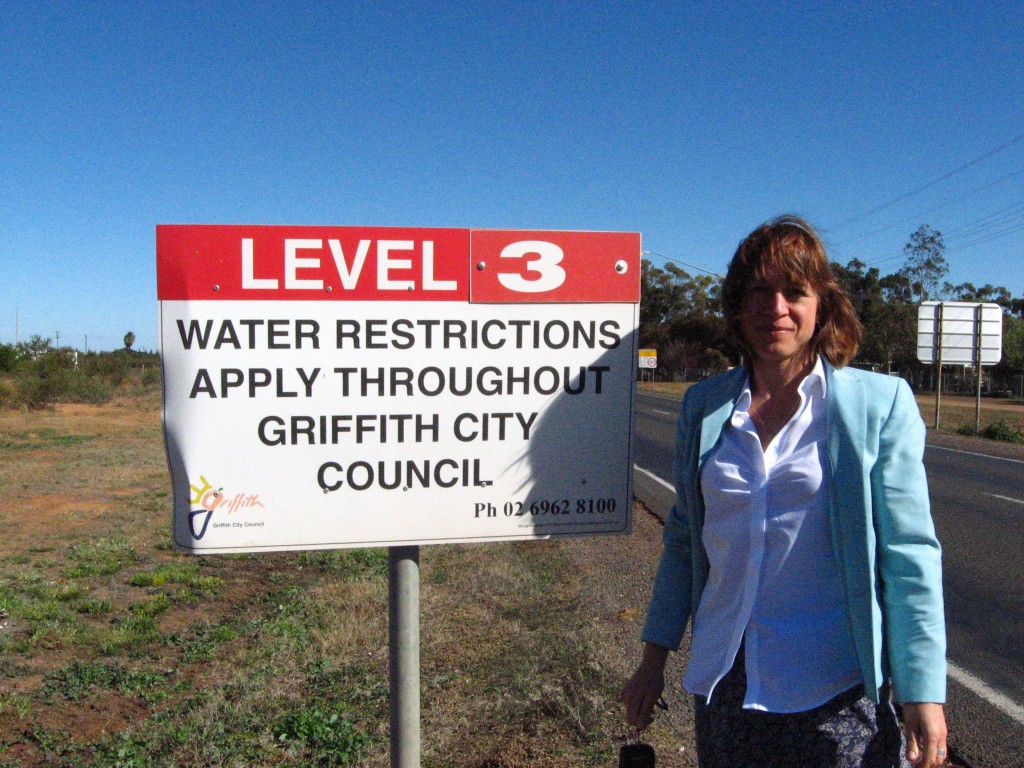“Any useful statement about the future should at first seem ridiculous.” – Jim Dator
Sometimes I can’t resist philosophical bones thrown by speakers on the internet. One recent video was on changing spending behaviour to save money, but it introduced the interesting idea of a wrestling match between our present and future selves.

A thoughtful woman writer from a Pompeii fresco. Someone who might appreciate a bit of advice from the future.
It’s an unequal competition. In the present, I want to have hot apple pie and lie on the couch. My future self would prefer me to eat lightly and exercise more, but she isn’t around to speak for her interests. Instead, she relies on my fuzzy and sometimes skeptical sense of cause and effect: “Will this latte really make me fat and broke in 20 years?”
We regularly remind each other about saving resources for our grandchildren. There are many changes, small and big, that individuals and communities can make, adding up to water savings, energy savings, and money in the bank. But how do we move from “knowing what to do” to actually doing it? Continue reading


